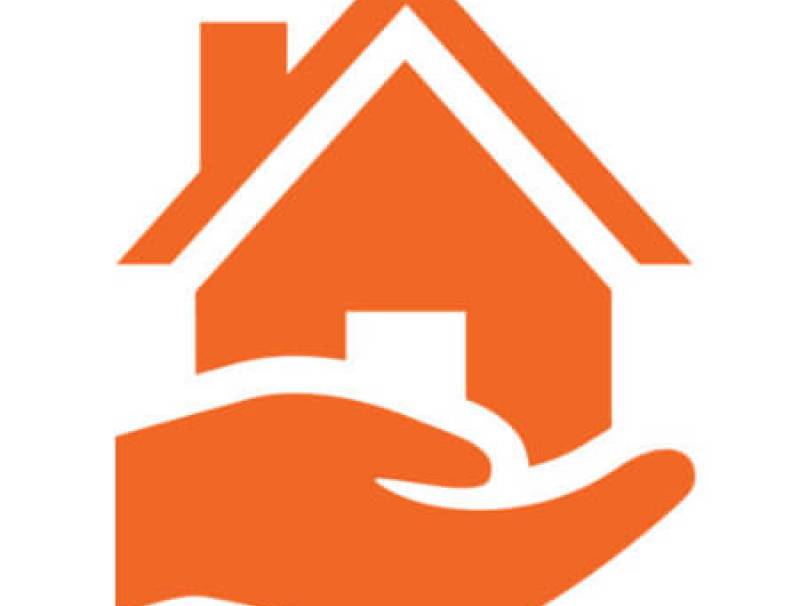How Much Do Retirement Communities Cost?
Most retirees face a huge temptation to blow all their life savings on a retirement community because, after all, this could be the last thing on which they're spending their money, right? Wrong. Most retirement communities do not operate on a one-time payment scheme, and as time passes, your needs change, meaning, your fees change, too.
A representative at Cedarfield, Richmond Virginia retirement community, tells us the importance of doing your homework cannot be stressed enough when looking for a retirement community. Of the different types of senior living available in the market, the AARP (formerly American Association of Retired Persons) recommends Continuing Care Retirement Communities (CCRC) as an option worth considering as these “guarantee lifetime housing, social activities and increased levels of care as needs change.” They are, of course, quick to note that these features come with a price.
The Cost of Continuing Care Retirement Communities
Continuing Care Retirement Communities have the highest price tag among all other senior living facilities practically because they provide solutions to most, if not all, of the issues relevant to life after retirement. Still, according to AARP, CCRCs charge an upfront payment, or entrance fee, of as little as $100,000 to as much as $1 million. This still does not include a monthly fee which ranges from $3,000 to $5,000, proportionally going up as the needs of a resident changes.
Factors that Affect the Cost of Retirement Communities
Not all retirement communities are created equal, and thus, not priced equally either. Different things are factored in when computing for the cost of retirement communities. The basic idea is that as more features are availed of by the resident, the higher the increase in the monthly and/or upfront fees. Factors that affect the cost of retirement communities include:
- The overall health of the resident – The status of your health is of primary importance as this dictates the kind of facility and additional services you will require to ensure a safe and comfortable stay. Special health issues such as Alzheimer's disease require specialized facilities, thus calling for higher fees.
- Type of housing – There are different types of housing available in most retirement communities: single-family homes, apartments and condominiums for residents who prefer and are capable of independent living; and assisted living or nursing care homes for residents who have health concerns but still prefer to live in a community environment.
- Whether renting or buying
- Number of residents living
- Type of service contract – Most retirement communities offer three types of service contract: 1) life care or extensive contract; 2) modified contract, and 3) fee-for-service contract.
Types of Retirement Community Service Contract
A Place for Mom, a resource website on senior living, states three types of service contract offered in most retirement communities, namely:
- Lifecare or extensive contract – Resident pays a fixed monthly fee throughout their stay, regardless of any potential services they may require in the future.
- Modified contract – Residents make an upfront payment plus the costs of services entailed by assisted living.
- Fee-for-service contract – This is somewhat similar with modified contract except that residents pay full amount for assisted living and skilled nursing care.
Important Things to Consider When Looking for a Retirement Community
In a perfect world, a retirement community is the last place you'll be living in, where you'll spend the rest of your life comfortable and happy. In order to achieve this, CNBC International recommends that you consider these important things when scouting for a retirement community:
Amenities
Amenities are a huge factor when looking to settle in a retirement community as this largely dictates the kind of lifestyle you'll have in your retirement years. Does it have amenities that support your kind of lifestyle such as cafe, restaurant, gym, department store, or book store? Other important amenities you have to check are those offered in independent living facilities and assisted living and nursing care facilities. Remember that your needs and preferences may change over time, so it is best that you find a retirement community that supports your evolving needs.
Occupancy rate
What most people don't realize to check is the occupancy rate of a retirement community. Not only does it indicate how many people you'll get to interact with, it is also an indicator of a retirement community's capability to sustain itself. The higher the occupancy rate, the more able it is to sustain its operations and facilities.
State's rules
Retirement communities operate as governed by the laws and mandates of the state. It is important to research the extent to which your state regulates your potential retirement community.
Terms and conditions
Nobody likes reading the fine print but this is one facet of life where terms and conditions are of paramount importance. Some key things to note include: how much of the upfront fee is refundable and within which period; the inclusions of your monthly fee; and even how many guests you can receive at certain times.






















